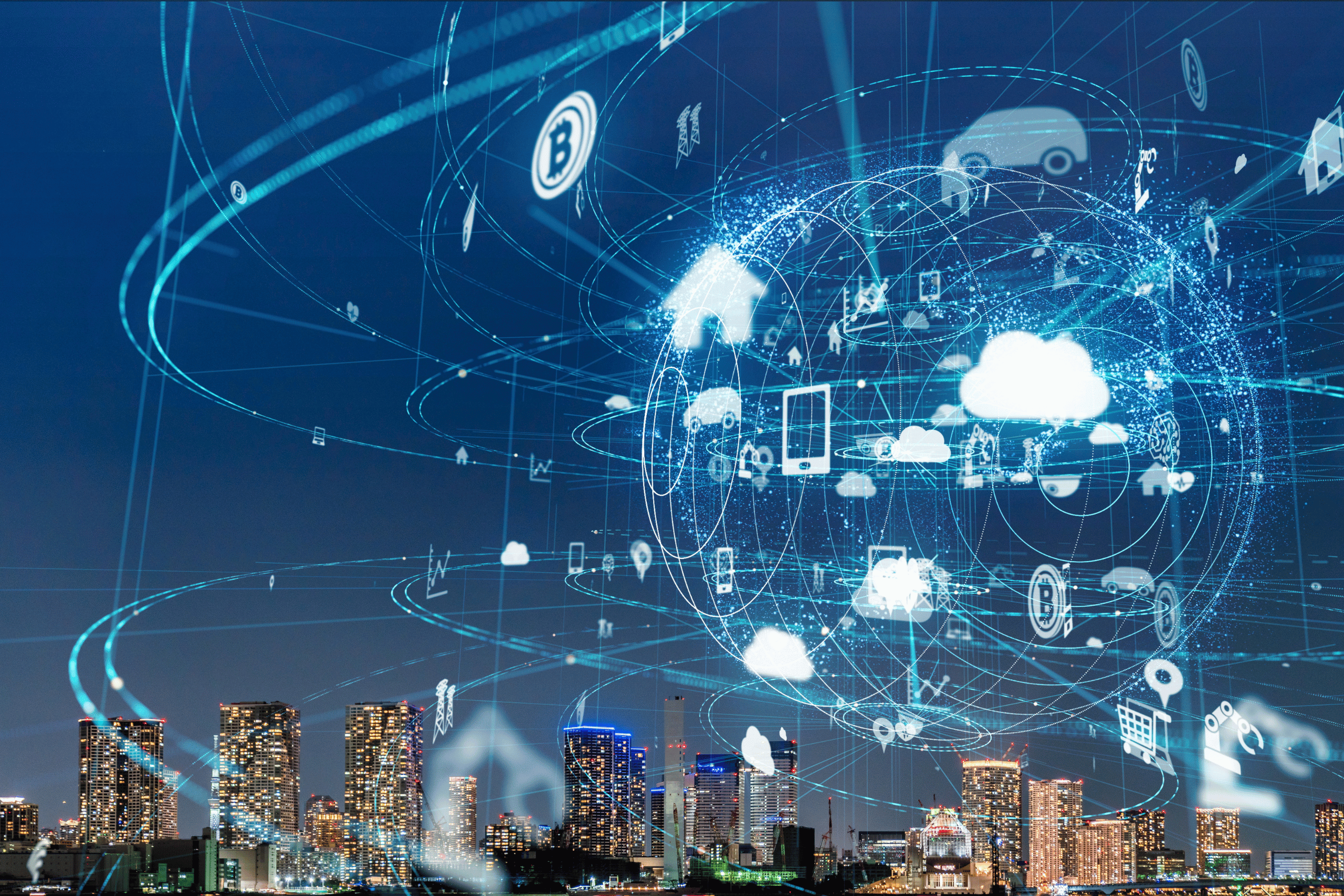
Introduction
The Internet of Things (IoT) has revolutionized the way we interact with technology. By connecting everyday devices to the internet, IoT enables seamless communication, data sharing, and automation, making life more convenient and industries more efficient.
What is IoT?
IoT refers to the network of physical devices embedded with sensors, software, and connectivity, allowing them to exchange data with other systems or devices over the internet. These “smart” devices range from household appliances to industrial machinery, all working together to create a connected ecosystem.
How IoT Works
- Data Collection: Sensors on IoT devices collect real-time data, such as temperature, motion, or location.
- Data Transmission: The data is sent to cloud servers or local systems through secure networks.
- Data Processing: Software analyzes the data to generate actionable insights or trigger specific responses.
- Actionable Output: The device performs automated actions, such as adjusting a thermostat or sending an alert.
Applications of IoT
1. Smart Homes
IoT-powered smart home devices like thermostats, lighting systems, and security cameras enhance convenience and security. Examples include:
- Smart thermostats that adjust based on user preferences and weather conditions.
- Voice-activated assistants like Amazon Alexa or Google Home for hands-free control.
2. Healthcare
IoT devices enable remote patient monitoring and real-time health data tracking, improving patient outcomes. Applications include:
- Wearable devices like fitness trackers and heart rate monitors.
- Smart pills that report medication adherence.
3. Industrial IoT (IIoT)
IoT transforms industries by optimizing operations, reducing downtime, and improving productivity. Examples include:
- Predictive maintenance in manufacturing to detect potential equipment failures.
- Asset tracking in logistics to monitor shipments in real-time.
4. Agriculture
IoT-enabled smart farming systems boost crop yields and resource efficiency. Examples include:
- Soil sensors that measure moisture and nutrient levels.
- Drones that monitor crop health and apply fertilizers or pesticides.
5. Retail
IoT helps retailers enhance customer experiences and streamline operations. Examples include:
- Smart shelves that track inventory levels and send automatic restocking alerts.
- Beacons that provide personalized offers to customers in-store.
Benefits of IoT
- Enhanced Efficiency: IoT automates repetitive tasks, saving time and resources.
- Improved Decision-Making: Real-time data insights help businesses make informed decisions.
- Cost Savings: Predictive maintenance reduces repair costs and downtime.
- Better Customer Experiences: Personalized services driven by IoT data improve satisfaction.
Challenges of IoT
While IoT offers immense benefits, it also presents challenges:
- Security Risks: Connected devices are vulnerable to cyberattacks, making robust security essential.
- Data Privacy: The collection of sensitive user data raises privacy concerns.
- Interoperability: Different devices and platforms may face compatibility issues.
- High Costs: Initial investments in IoT infrastructure can be significant.
Future of IoT
The IoT landscape continues to evolve with advancements in AI, 5G, and edge computing. Key trends shaping its future include:
- AI Integration: IoT devices will become smarter with AI-driven analytics and automation.
- Edge Computing: Processing data closer to its source will reduce latency and enhance security.
- Smart Cities: IoT will play a pivotal role in traffic management, energy optimization, and public safety.
Conclusion
IoT is more than just a buzzword; it’s a transformative force shaping the future of technology and society. By connecting devices and enabling data-driven decisions, IoT improves efficiency, convenience, and innovation across various sectors. As technology advances, the potential of IoT will only grow, making it a cornerstone of the digital age.
Read more tech related articles here





Leave a Reply